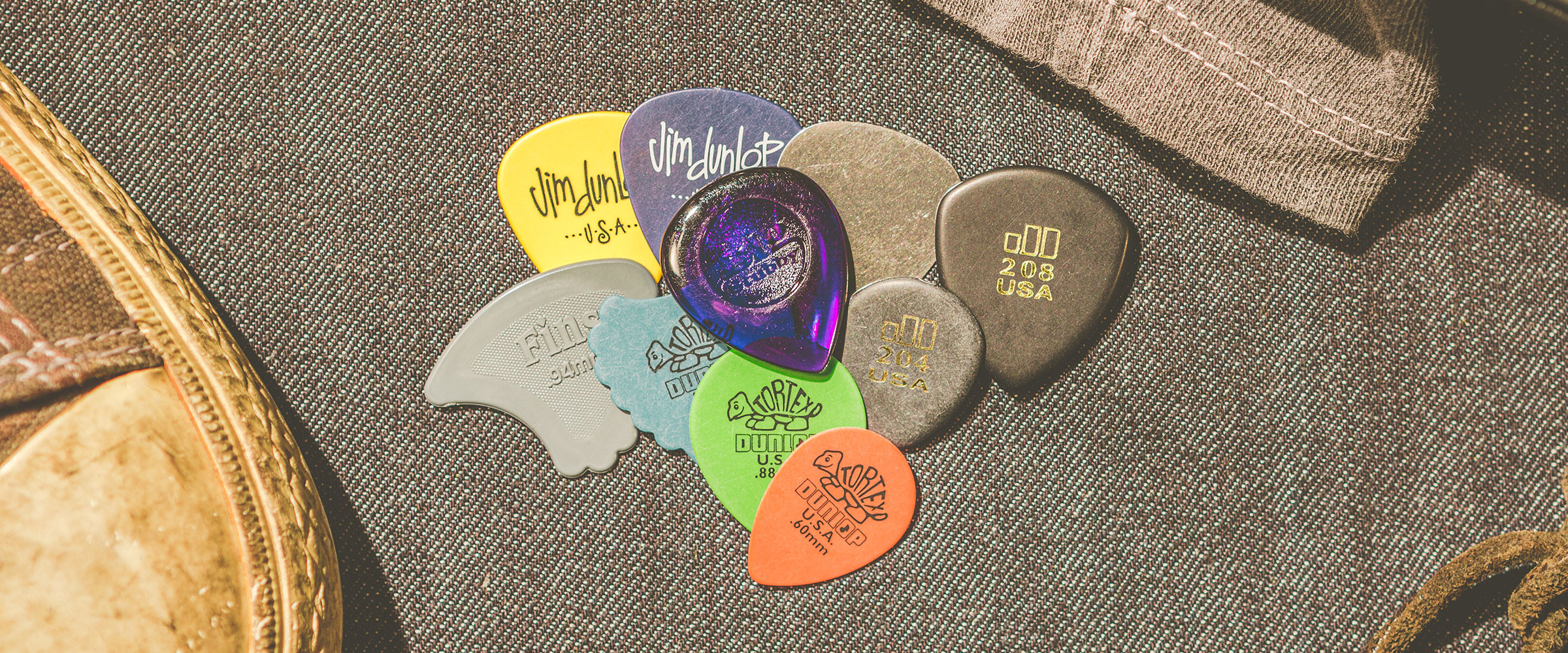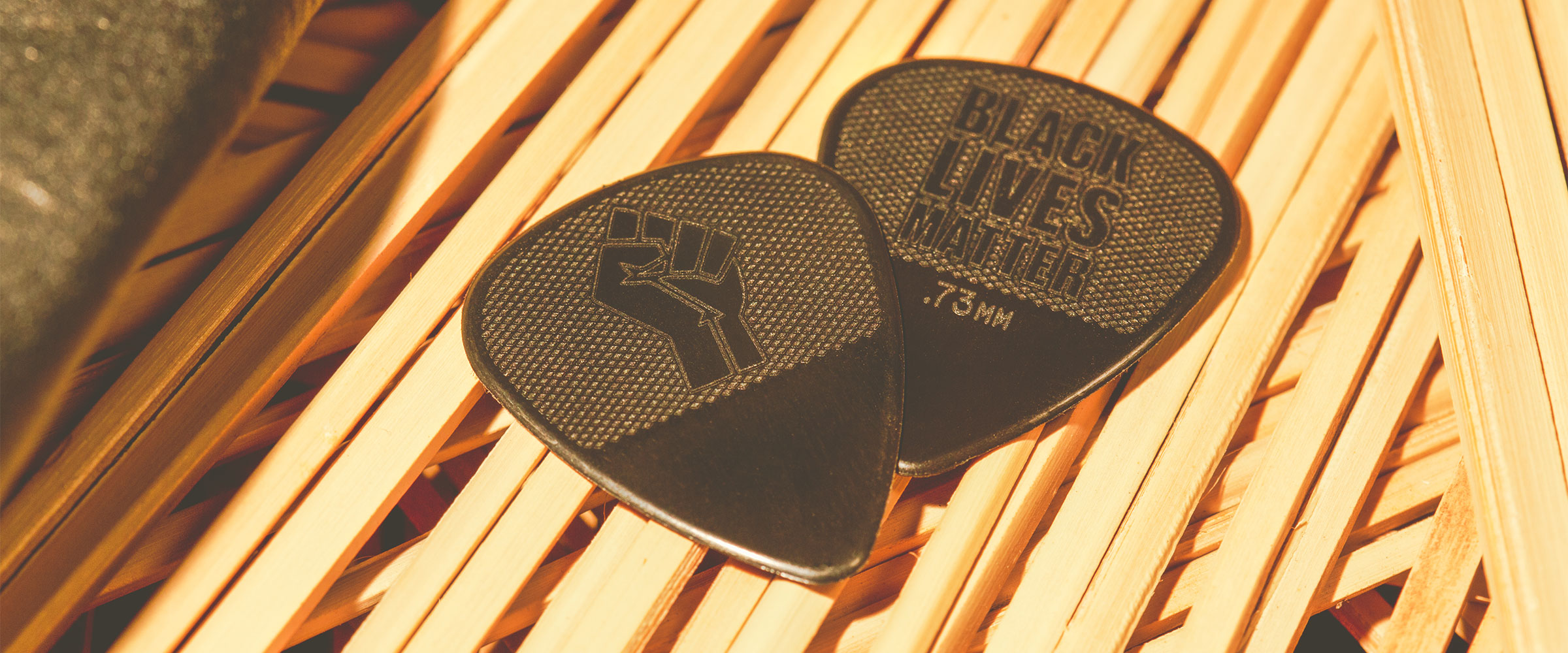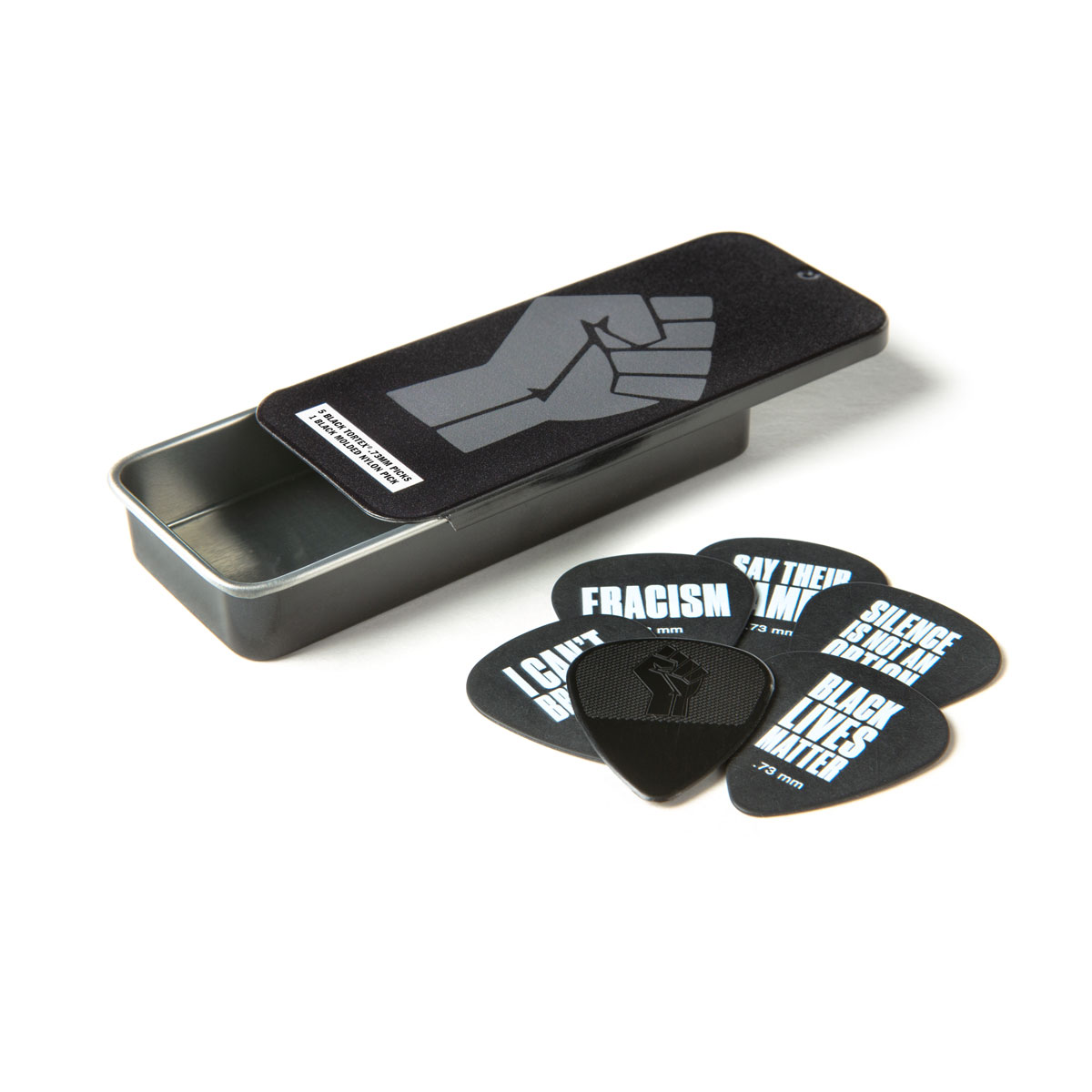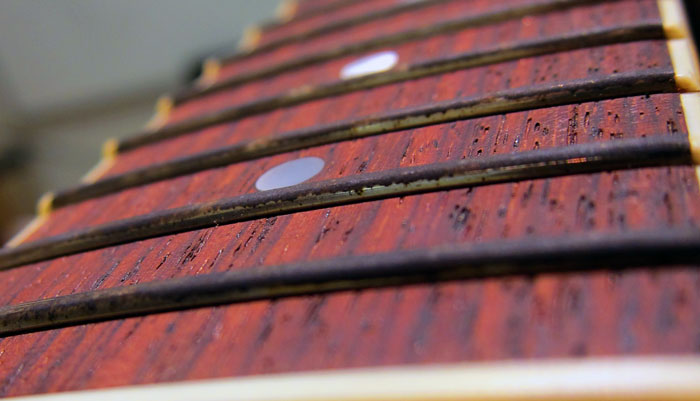The guitar pick might just be the most variable part of a player’s arsenal. There are so many different shape and material options, each offering something different to both the sound and feel of your playing experience. There are picks that make you sound bright, picks that make you sound warm. There are picks that allow you to play faster leads and picks that allow for smooth strumming. There are even picks that stand up to the thickest bass strings with the heaviest of attacks. In recent years, players have ventured in ever greater numbers beyond the classic shapes and materials. Modern innovations such as Ultex® now sit comfortably alongside time-tested favorites such as Tortex® and Nylon, and the Jazz III and Flow® Pick shapes offer strong competition to the standard 351 shape for the attention of today’s players.
Even so, there remain a number of picks that we like to think of as “unsung heroes.” They don’t get a lot of hype, but each has their own devotees—and for good reason! Let’s look at why.








